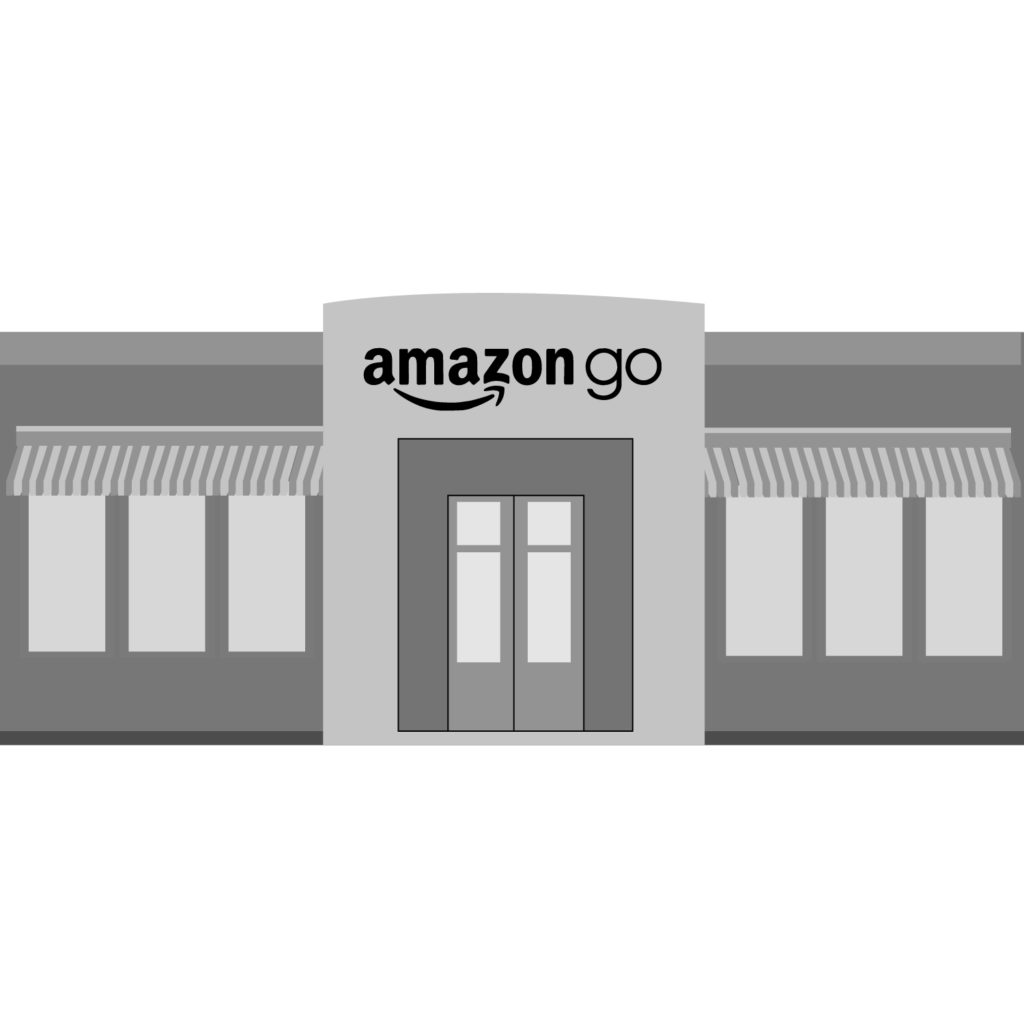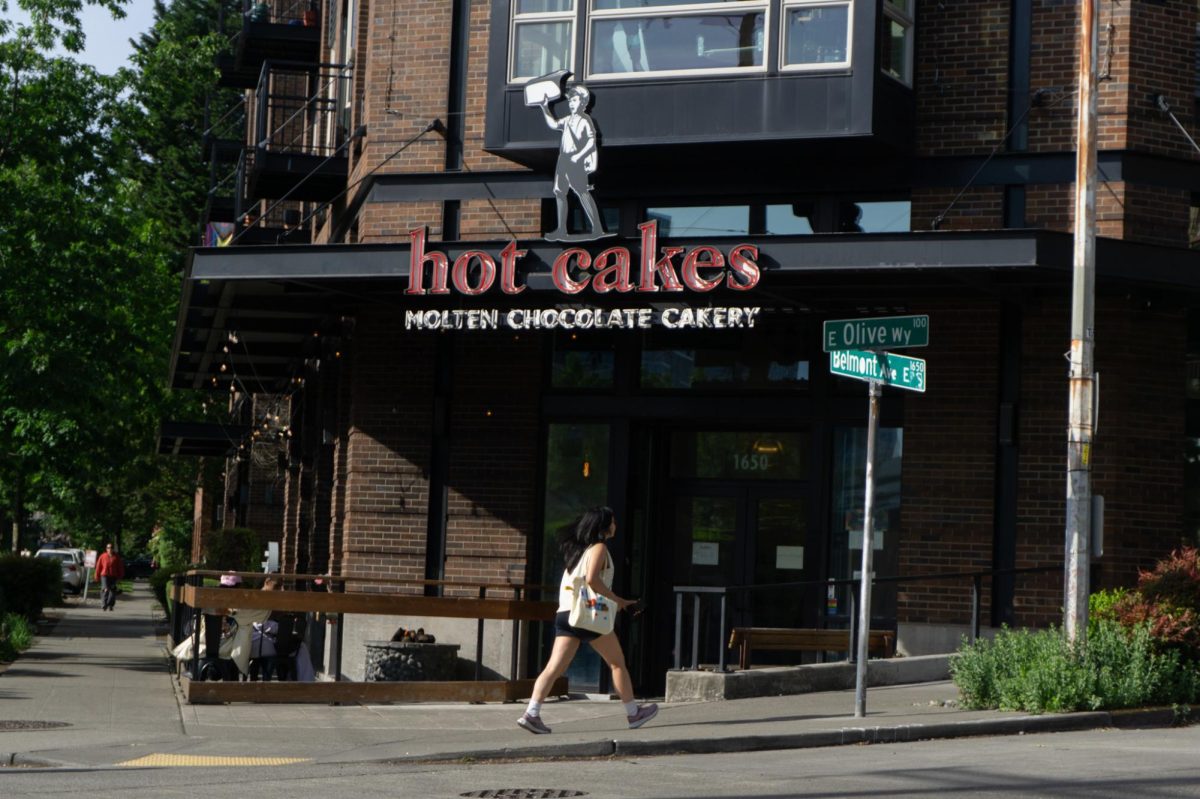Self-service kiosks changed retail shopping by reducing the length of lines, but in Seattle, Amazon has changed shopping yet again by getting rid of lines altogether. Amazon Go is the newest service the online retail company offers a supermarket experience where customers order their goods online and can expect them to be ready for pickup when they arrive.
Though the concept of in-store pickup for online orders is nothing new, the model that Amazon enables is one that is completely free of clerks and checkout. With nothing more than a smartphone and the Amazon Go app, customers can quite literally walk in, pick up their groceries and walk out without even having to open their wallet to pay.
“I think it’s pretty great that it can speed the process of shopping because we wouldn’t have to wait in lines like the regular brick and mortar stores.” said senior accounting major Gary Mangat, “It saves time and with it I can order what I need and just go when I have time and come back which is pretty cool. I might be a little skeptical about people not having jobs but in retrospect they would have to hire people to transport the produce which is nice too.”
Amazon Go in many ways feels like an alternative to its predecessor, the food delivery service AmazonFresh; where Fresh saves customers a trip and their time, Go offers immediacy and money saved in delivery fees. It is clear that though both services are targeted toward a similar niche, they each have their advantages based on people’s needs and lifestyle.
That being said, a distinct advantage of Go is that, unlike its predecessor, it does not require a subscription to Amazon Prime. The success and expansion of Amazon’s food branch would seem to suggest that the company is moving further away from being a solely goods-based business and becoming something of a hybrid.
“It’s like we’re living in the future,” said Elias Chanteloup, a first-year history major. “Online shopping and automation have finally become a part of even getting groceries, which is such an everyday and common thing. It’s hard to believe even that is changing.”
A major topic of discussion that has surrounded the launch of Amazon Go is the question of accessibility and pricing. Commonly, the company’s expansion has been tied to conversations of gentrification and the consequences it has had for local businesses and affordable housing. As such, there were suspicions that Amazon Go would only be available to a very select part of the population, but the company has implemented some measures to make their new service one with less of a price barrier.
Go will accept food stamps from the Supplemental Nutrition Assistance Program, which nationally provides for over 43 million Americans, making the typically middle-class service also available to lower-income households.
Though this feature is allowing more people to access the store, it is still far from universal. Amazon Go still requires that customers have smartphones and data plans to be able to use the Amazon Go app, which in a way seems to go against the idea of grocery stores as a central and easily accesible means of buying food.
“It’s progress, but in the wrong direction,” said Ryan Lim, junior marketing major. “If Amazon Go catches on, people would become even more attached and dependent on their mobile devices.”
The expansion of Amazon Go and stores that resemble it could prove consequential if they become the dominant store model over time.
Most apparent among the effects these stores could have is the impact on employment. If stores without clerks become the norm, it would mean that the people currently filling those positions would be without a job, a reality that would not be exclusive to grocery stores.
Additionally, the presence of food deserts, regions where healthy or affordable food vendors are scarce and geographically distant, is already a significant problem in our country without a new artificial barrier added to it.
Whether you see Amazon Go as a new and convenient development or something more worrisome, what is not an opinion is the significant demand for it. It represents the next step in a country of increased online grocery shopping and could be a part of something much bigger.
Amazon Go is currently in its testing phase and only available to company employees, but will be opening to the public early this year.
Carlos may be reached at
ccervantes@su-spectator.com









